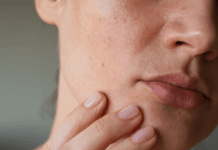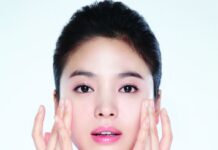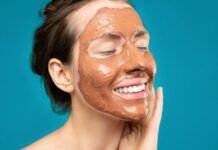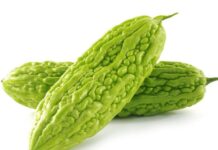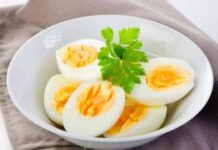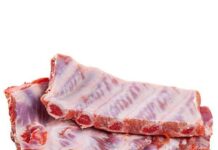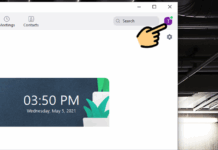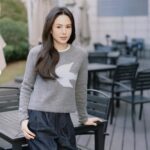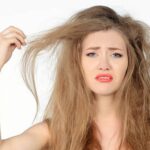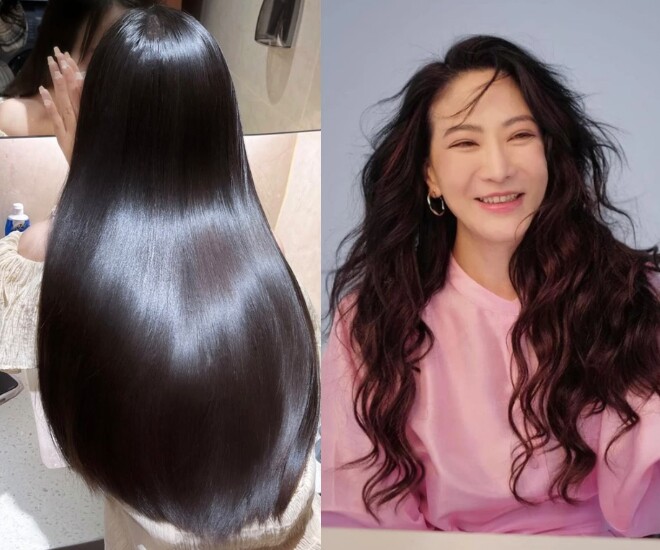
Master Hair Stylist from Taiwan Shares 5 Upcoming Hair Care Trends
Hair masks will be replaced by leave-in treatments
Ngô Y Linh predicts: “Hair masks will be phased out. Firstly, many modern leave-in hair treatments offer superior formulas. Secondly, people prefer lighter, less greasy textures. Lastly, convenience and efficiency are becoming increasingly important.”
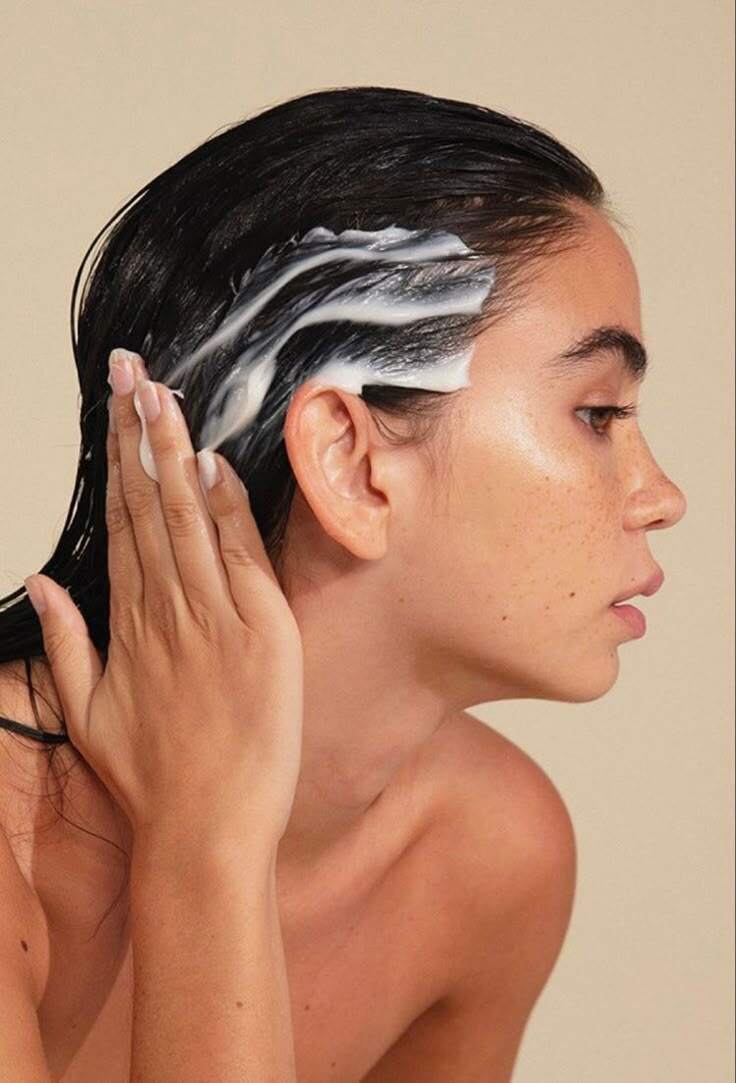
Hair masks with thick, creamy textures may be replaced by quicker, more convenient alternatives.
She explains that leave-in treatments, such as hair creams or sprays, are not only more convenient but can also be more effective than traditional hair masks. With today’s busy lifestyles, using leave-in treatments saves time while still ensuring nourished hair.
Pre-shampoo treatments for severely damaged hair
Usually, we shampoo and then apply conditioning products. However, for severely damaged, dry, or product-laden hair, Ngô Y Linh suggests reversing the order: treat first, then shampoo.
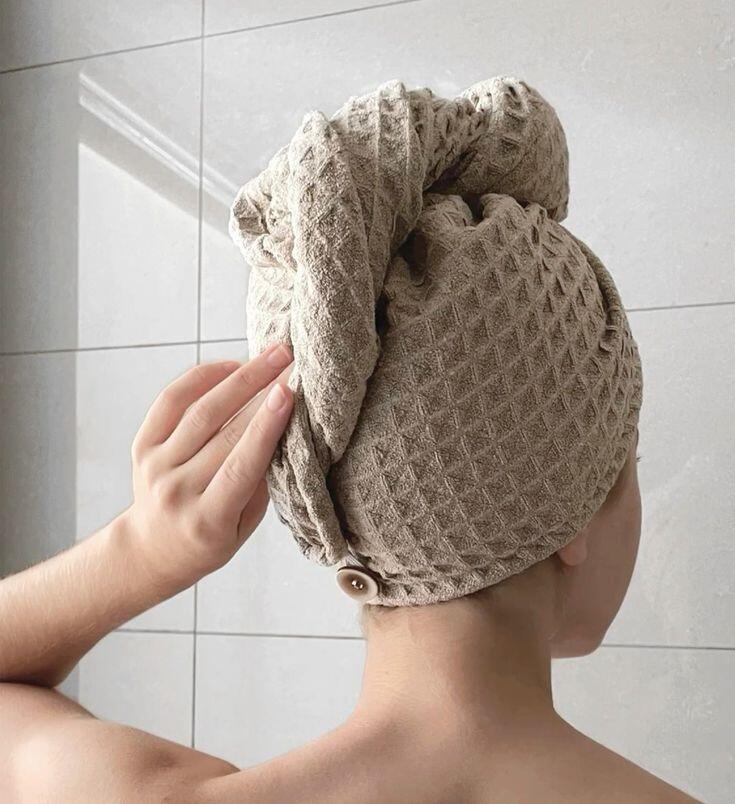
Pre-shampoo treatments help reduce friction and potential hair breakage during shampooing.
VIDEO: A popular at-home hair treatment recipe shared by many
By applying a light layer of treatment before cleansing, you can “soothe” the hair, reducing friction and potential breakage. Some treatments can also help loosen and dissolve product buildup, making it easier to cleanse without vigorous scrubbing. This “pre-treatment” approach has been popular in Western countries for over five years and is especially beneficial for hair that has undergone frequent styling, coloring, or chemical treatments.
Rinse out conditioners thoroughly
Many people believe that smooth, slippery hair after conditioning is a sign of healthy hair. However, Ngô Y Linh warns that if the conditioner is not rinsed out thoroughly, hair can become greasy and the scalp may break out.
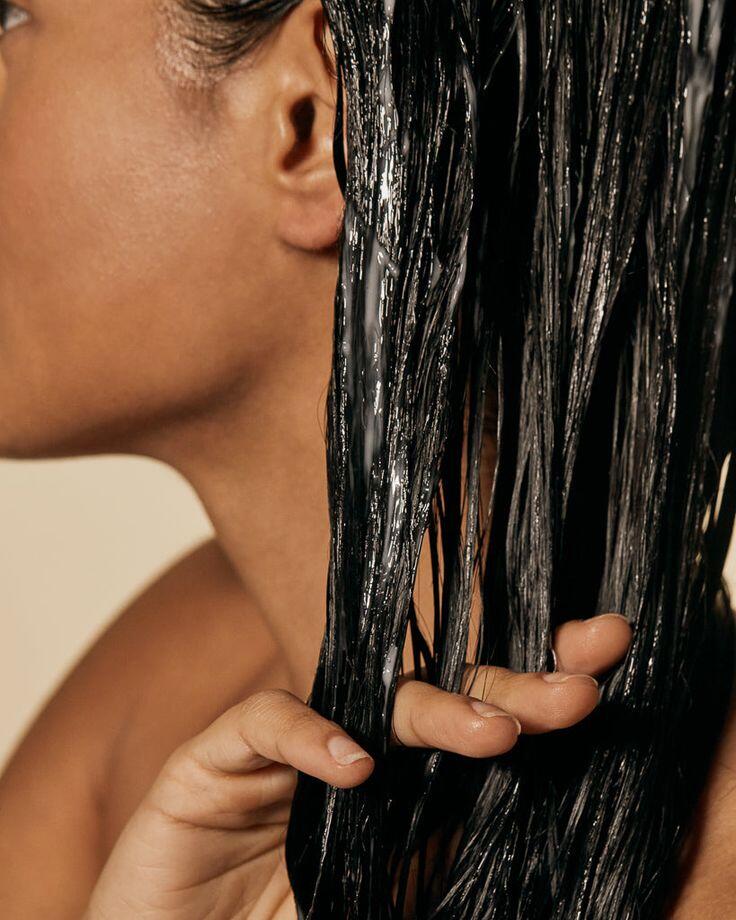
While conditioners are essential for nourishing hair, they must be rinsed out thoroughly to avoid greasy hair and scalp issues.
She emphasizes: “Conditioner is like a face cream; if you don’t wash it off thoroughly, it can clog pores. I once had breakouts along my hairline due to not rinsing out the conditioner properly.” So, make sure to rinse until your hair feels slightly ‘squeaky’ clean, indicating that it’s thoroughly cleansed.
Frequency of treatment is more important than quantity
A common mistake is to use excessive amounts of hair treatment products, thinking it will provide better nourishment. Ngô Y Linh advises: “Frequency of treatment is more important than quantity. Consistent, moderate use of products will yield better results than uncontrolled, excessive application.”
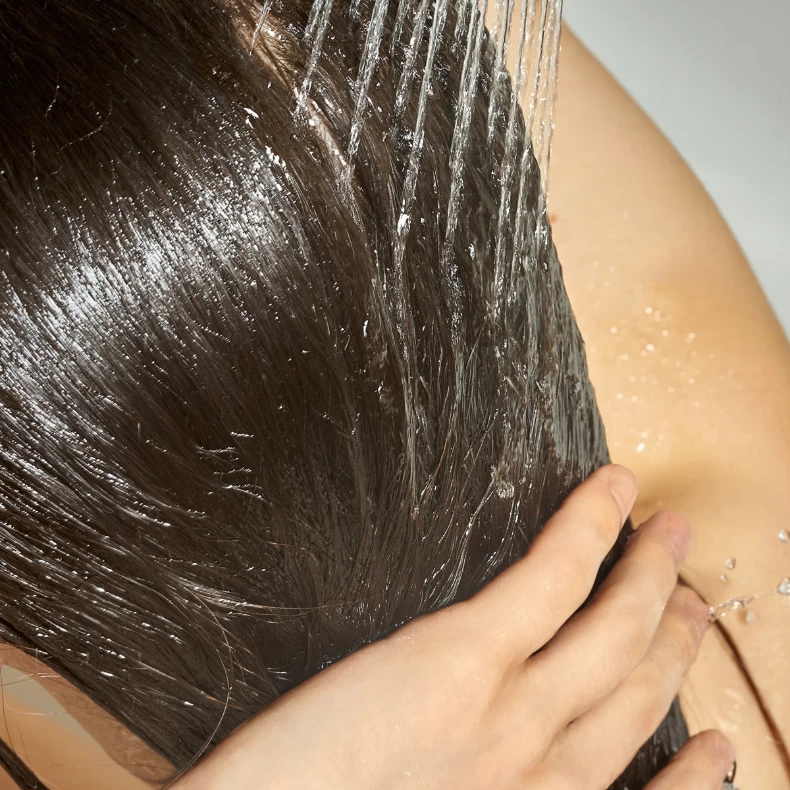
Consistency and frequency of treatment are key, along with choosing the right products.
Using too much product is not only wasteful but can also lead to buildup on the hair and scalp, resulting in greasiness and irritation. Use a moderate amount of treatment products and maintain a consistent hair care routine for optimal results.
Only treat clean hair
Along with the pre-shampoo treatment suggestion for severely damaged hair, Ngô Y Linh also emphasizes a general rule for post-shampoo treatments (such as hair oils, heat protectants, and leave-in conditioners): only apply them to freshly washed hair.
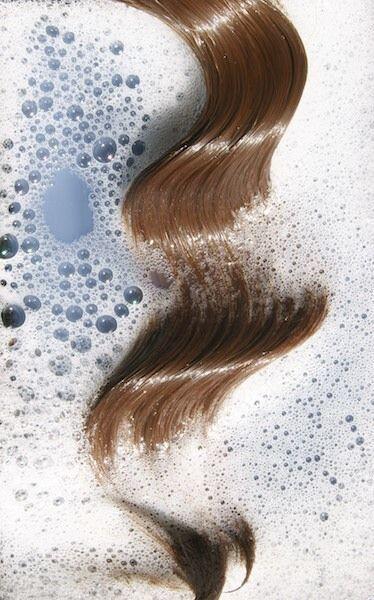
Hair that has been outside all day accumulates dust, oil, and bacteria. Applying treatments without cleansing is like applying skincare products without cleansing your face first.
When using heat protectants for styling, if the hair is not clean, the product may be “baked” onto the hair by styling tools instead of being absorbed as intended.
“The Secret to ‘Little Dragon Girl’ Carrying This Hair Care Routine for 3 Decades for Luscious, Dark Tresses”
“Black foods” – a colorful cuisine category – boasts an array of nutritional benefits, especially for hair health. Take, for instance, the humble black bean, the enigmatic black sesame seed, and the exotic silkworm thorn; these dark delights are a treasure trove of nutrients essential for luscious locks.

